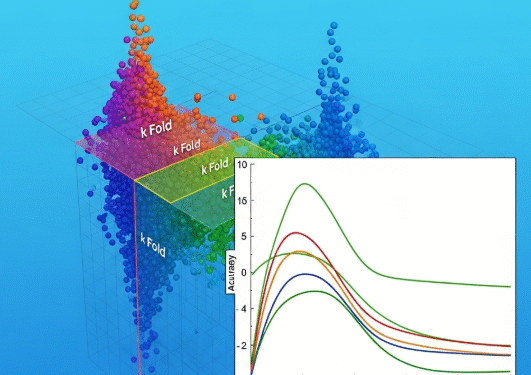In many classification problems, getting calibrated probabilities is just as important — if not more — than getting accurate class predictions. Why? Because in risk-sensitive domains like finance, healthcare, and autonomous systems, the quality of predicted probabilities directly affects real-world decisions.
Enter
CalibratedClassifierCV, a tool in scikit-learn that lets you adjust the predicted probabilities of your model to better reflect true likelihoods. In this blog post, we’ll dive deep into what it is, when to use it, and how to implement it using code examples.
A classifier is well-calibrated when the predicted probabilities match the actual outcomes. For example, among all samples that a model predicts with 70% confidence, roughly 70% should actually belong to the positive class.
Many powerful classifiers like SVM, RandomForest, and Gradient Boosting often produce uncalibrated probabilities, meaning their output scores don’t correspond to real-world likelihoods. CalibratedClassifierCV helps fix that.
CalibratedClassifierCV is a scikit-learn meta-estimator that calibrates the predicted…





